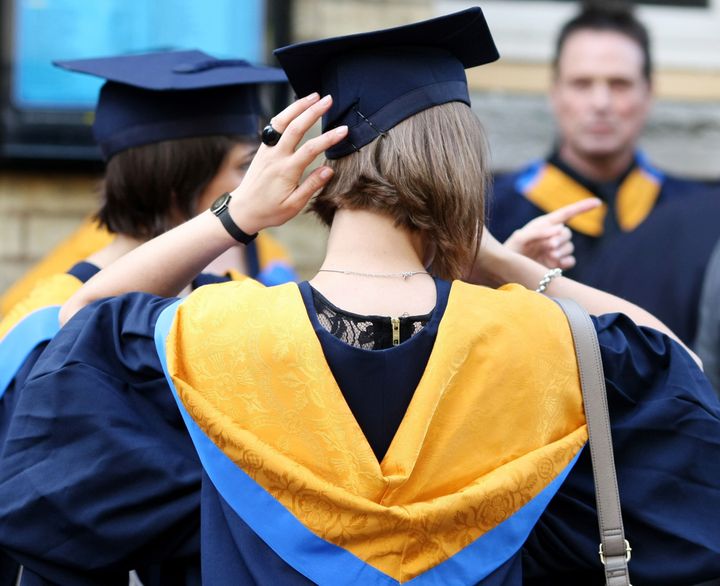
Yesterday, Theresa May announced a long-awaited review of higher education funding. While its outcomes won’t be known until next year, the plans disclosed earlier in the press include cutting tuition fees for arts and humanities courses - on the basis that they are cheaper to deliver and do not usually lead to high graduate salaries. There was no mention of replacing this loss of income with public funds.
The idea of lower fees might at first sound appealing to students dreading the prospect of enormous debt - but we should not be fooled. It’s a myth that arts degrees cost little for universities to run. While it might be true for some disciplines (Creative Writing, perhaps?), many courses require large studio space, staffed workshops and specialist equipment. To produce their work, students must also have access to art materials. When underfunded departments cannot afford to provide these, the cost often falls on students who, on top of their fees, spend even hundreds of pounds on university projects.
What will happen if May’s proposals come into place and arts courses lose the funding they require? The answer is simple - many institutions will be forced to cut them. Some wealthy universities, which can count on external funding from donations, endowments and corporate partnerships, will undoubtedly be able to subsidise their art departments for the sake of tradition and prestige. However, these are also the institutions that are least likely to attract working class students. In smaller universities, focused on widening participation, we are likely to see creative courses closing down, shutting disadvantaged young people out of studying art.
This announcement comes after a series of Conservative policies which hit arts courses the hardest. After tuition fees were tripled in 2010, the number of applications to study art and design fell by over 15% and never quite recovered. The fear of debt pushed thousands of students to abandon their creative dreams. Last year, the government introduced the Teaching Excellence Framework - a scheme that ranks universities according to a number of metrics, a key one being graduate salaries. For obvious reasons, the focus on financial outcomes is unlikely to benefit arts courses either - but the creative industries have a wealth of benefits which go beyond producing highly earning alumni.
The Tories seem to have a problem with the fact that not all of us want to be lawyers, bankers or managers of large companies. Some of us go to university to become actors, illustrators, choreographers or fashion designers. While some students might pick an art school hoping to be the next Alexander McQueen or Zaha Hadid, most accept that creative degrees are not a safe path towards a stable and well-paid job. Indeed, for many of us art will never become our main source of income. However, we take this risk in order to pursue our passions and contribute to making the world a more beautiful place.
“Making education truly debt-free, alongside clamping down on unpaid internships, could open the creative industries to talented people from all walks of life. The government’s plans threaten to do the opposite.”
The culture sector is already infamously dominated by people from privileged backgrounds and Theresa May’s proposals will do nothing to change that. Jeremy Corbyn’s idea to scrap tuition fees entirely seems much more attractive. What aspiring artists want is not slightly lower fees delivered at the price of course cuts, but degrees funded according to need, by taxing those who can afford to pay. We also need adequate maintenance support so students who can’t rely on their parents are also able to focus on learning, not juggling multiple part-time jobs to pay rent and buy art materials. Making education truly debt-free, alongside clamping down on unpaid internships, could open the creative industries to talented people from all walks of life. The government’s plans threaten to do the opposite.
